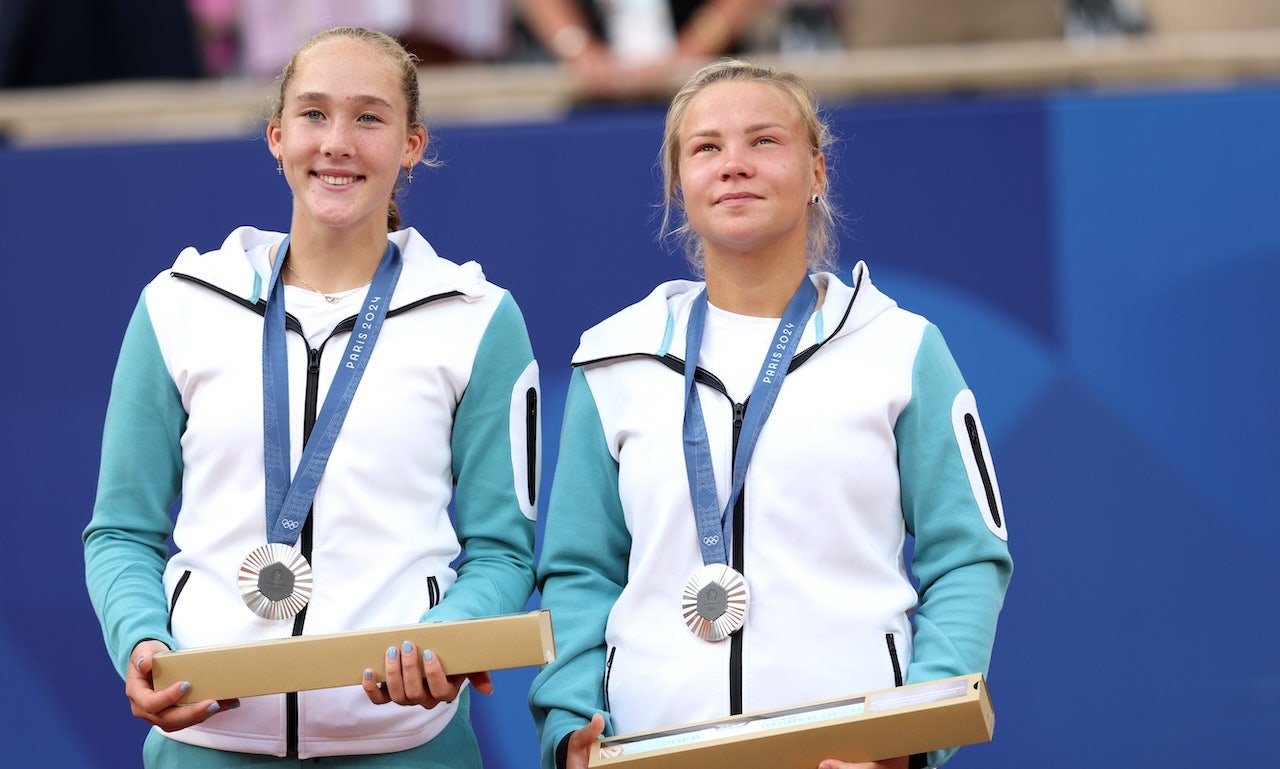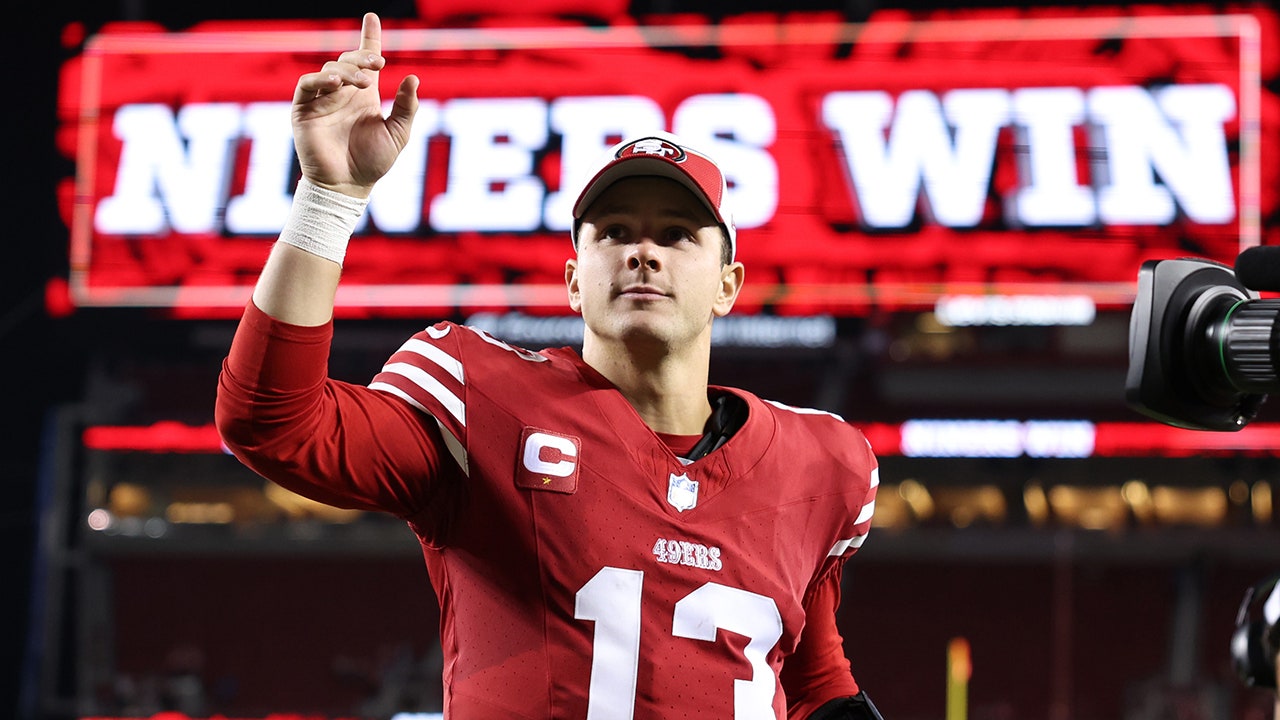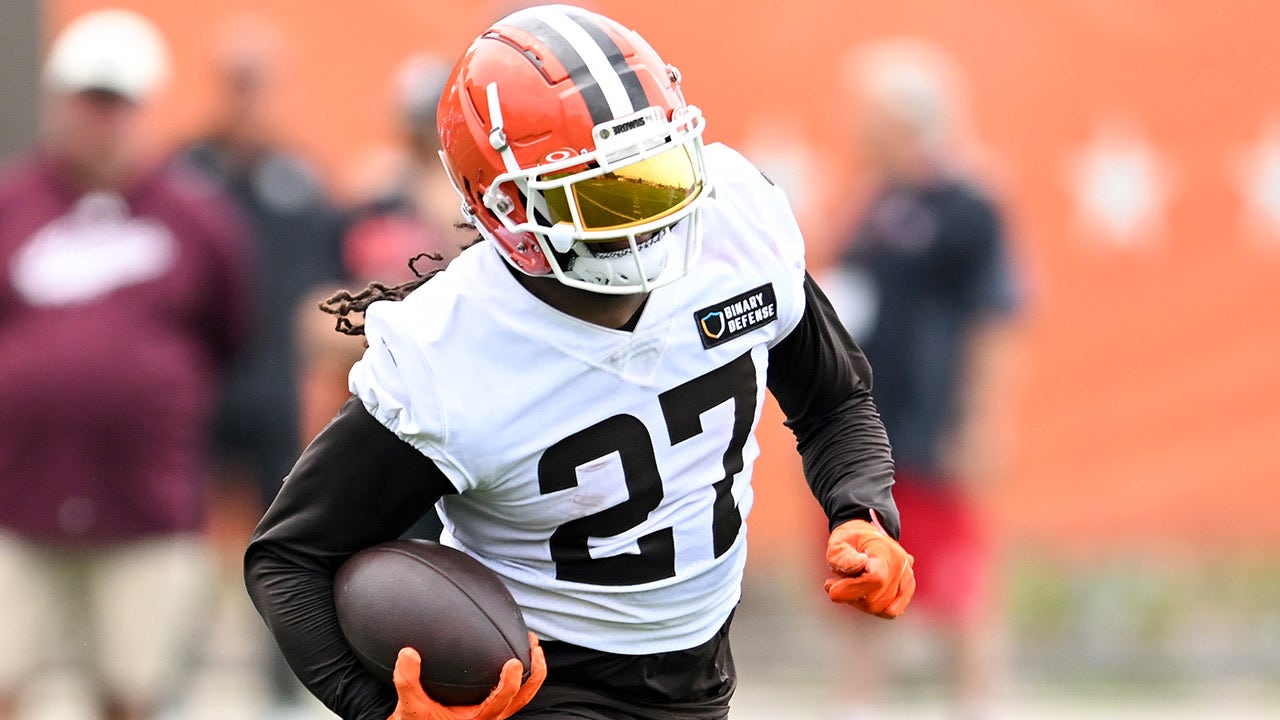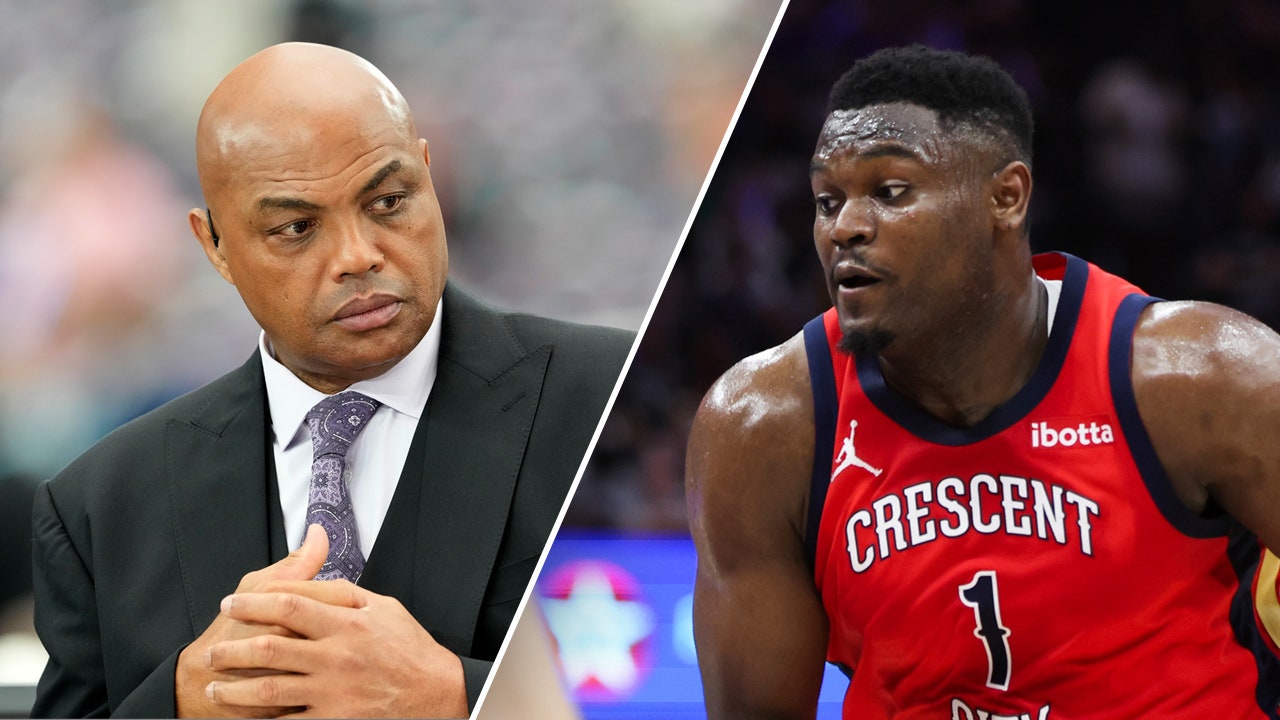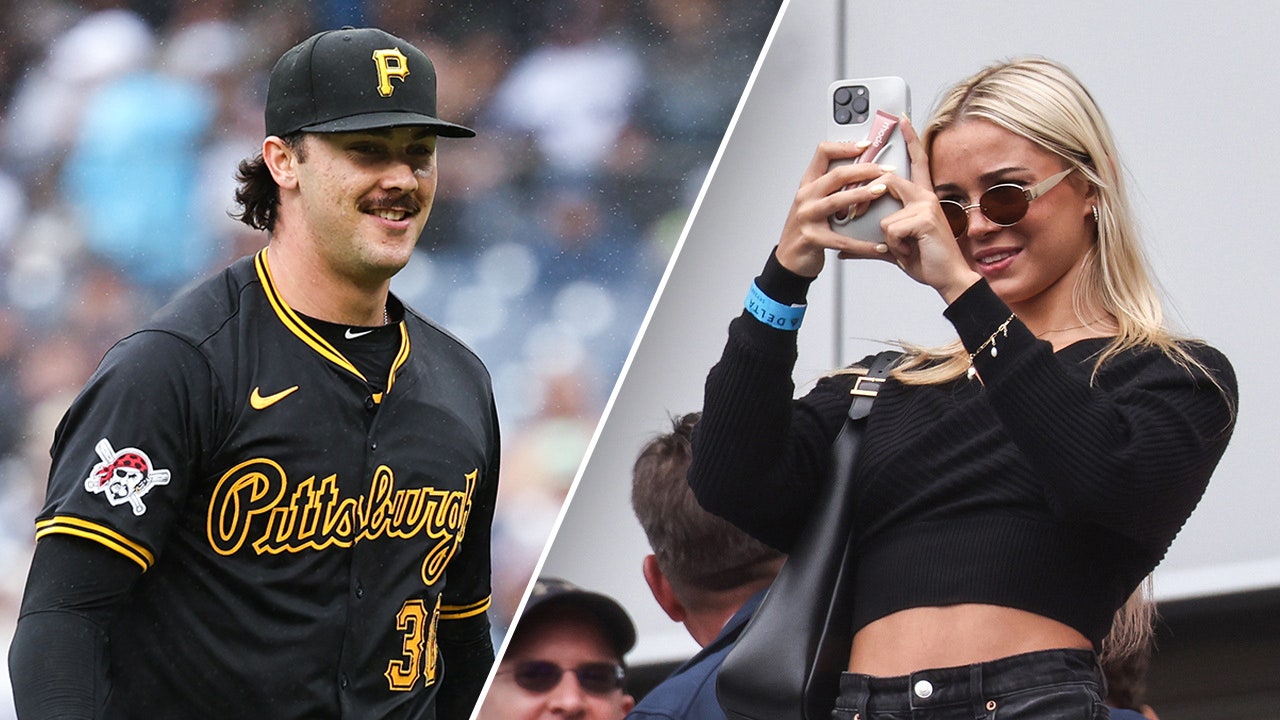For two decades, men’s tennis pretty much meant Roger Federer, Rafael Nadal and Novak Djokovic.
Now, Federer is retired and a hobbled Nadal is nearing the end. Djokovic won three Grand Slam events last year, but at 36 he is suddenly struggling, even as he heads into the French Open ranked No. 1.
But below Mount Olympus, life is different for tennis mortals. Andy Murray, Stan Wawrinka and Marin Cilic all won Grand Slam events and are still playing, as are Gaël Monfils, Richard Gasquet, Fabio Fognini, Roberto Bautista Agut and Kei Nishikori, players who once cracked the top 10.
These players still scuffle along in reduced circumstances, far lower in the rankings than during their halcyon days. These old men of the court — all 34 to 39 years old — win a few matches here and there without much chance of regaining their former glory, yet they keep grinding.
Now, only Monfils, ranked 36th, is even in the top 50. Murray is 75th, while Bautista Agut, Wawrinka, Fognini and Gasquet are from 80th through 124th. Cilic has fallen to 1,063rd but just had a second knee surgery in the hopes of coming back, while Nishikori is ranked 347th and still striving to get back on the court. (The miraculous inverse to all this is Adrian Mannarino, who suddenly at 35 cracked the top 20 for the first time this year.)
“Every day I ask myself why I’m still doing this,” Monfils said with a laugh, before citing his “passion for the game” as his motivation. (He has extra incentive: His wife, Elina Svitolina, who is 29 and still in the WTA’s top 20, “pushes me quite a lot.”)
Perhaps one of these players can pull a Jimmy Connors. In 1991, at 39 and plagued by injuries, Connors, long written off as a contender, entered the U.S. Open ranked 174th and stormed his way to the semifinals, twice coming from behind to win in five sets.
“He’s arguably better known for that than for winning eight majors,” noted the broadcaster Patrick McEnroe, who lost a two-sets-to-love lead to Connors in the first round that year.
It’s highly unlikely that one could do that in today’s more physically demanding game, McEnroe said, with the possible exception of Murray’s going on a roll at Wimbledon. “Most of them aren’t thinking ‘I want to make one big run,’” he added. “They’re playing because they’ve been doing it their whole life and they make a great living. And it’s still a damn good job to have.”
McEnroe said that it was easier for these players to accept the shortcomings brought on by age than a Federer or Nadal, who played every match and tournament expecting to win. These players may not realistically expect to have won against youngsters like Carlos Alcaraz or Jannik Sinner in five sets, “but they’re not going to give in,.” he said. “They’ve respect for themselves, their opponents and the game.”
Murray is just such a realist. Always quick to show frustration with himself on the court, he still experiences disappointment with every defeat. But he said, one needed “to accept that, at Grand Slams, a deep run might not be there anymore.”
“What I’m doing, trying to play at the highest level, is unbelievably challenging,” the ever forthright Murray said. Having worked so hard to get back on the court after a hip surgery, he now just tries to savor the experience. “Even the work and the training,” he added.
Bautista Agut said the motivation changed as he aged.
“It took me a while to understand that my situation is not the same as it was,” he said. “I don’t have to be focused on winning tournaments or coming back to the top 10. My goal now is to enjoy tennis, to enjoy the things I am practicing and try to do that on the court.”
And while Wawrinka is still hunting for the intense emotions he says you get only from winning a big match in a big tournament, he keeps playing for similar reasons.
“I know I’m lucky,” he said. “I love the game and the process, and I’m still motivated to try and improve.”
While Gasquet said he was trying to adapt by coming to the net more like Federer did as he aged, Wawrinka refused. “I’m confident in my fitness,” he said. Monfils tried playing more aggressively, but it was an unnatural fit. “It’s not my game, and so it’s tough to change at the end of my career,” he said. “Instead I work really hard to keep up my speed on the court.”
Carlos Costa, who is Andrey Rublev’s trainer, said that as players aged, they might practice between matches for less time or with less intensity. “It takes more time to warm up and to cool down, and it’s more hectic for the body,” he said.
Since even minor injuries start taking longer to recover from, players need to plan their schedule carefully, perhaps reducing the number of consecutive tournaments they play in, Costa added.
Of course, the end comes for everyone. When John Isner retired at 38 last summer, he said it was more about his health than the results.
“I love to compete, and even though some losses are horrible I wanted to keep giving myself opportunities,” he said. “But I’m not going to miss how hard it was to get my body ready, to warm up, then practice, then cool down. Then I broke my wrist. When it got tough to even stay on the court, the decision was easy.”
Each player has his own perspective. For Gasquet, he said it would be his body, not the results, that would tell him it’s time to leave. For Bautista Agut, it would be a combination of injuries, travel and his family’s needs. But he said winning still mattered, even further down the rankings.
“If I start losing to players I should not lose to,” he said. “I will think about retiring.”

